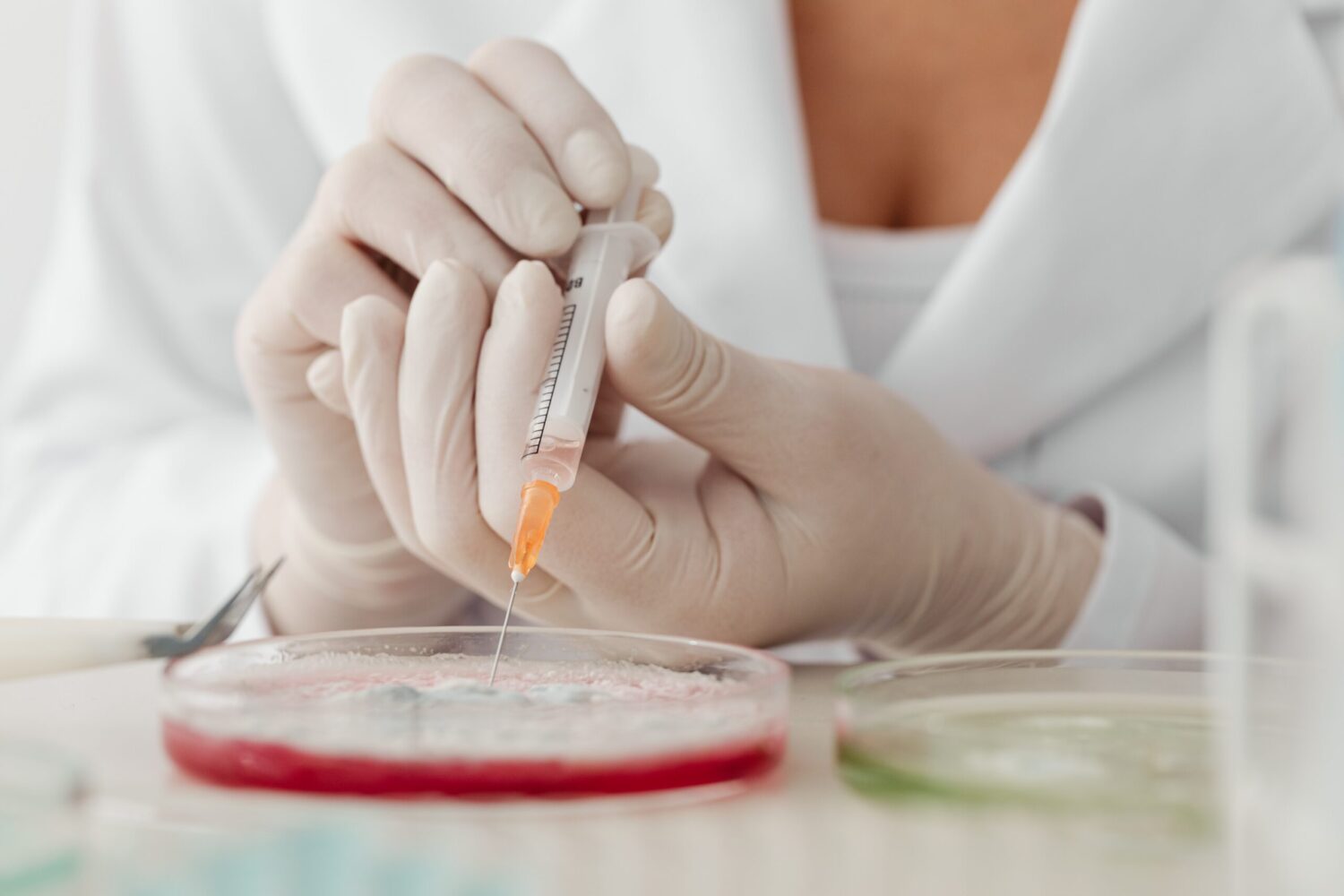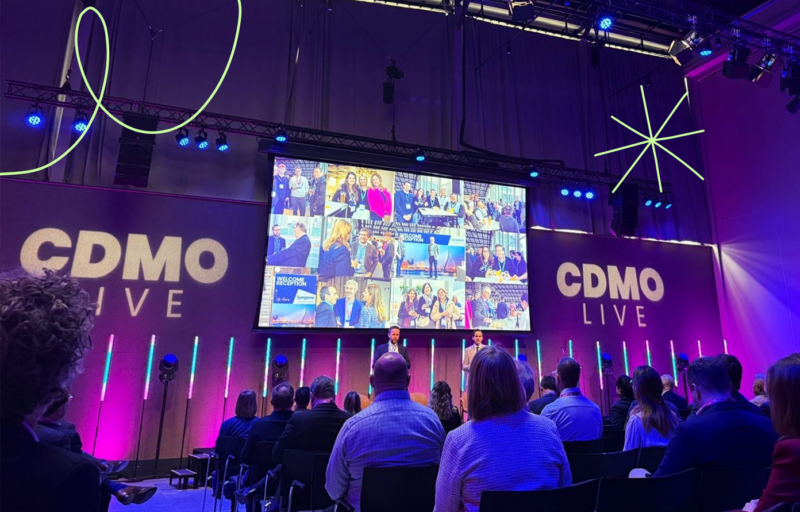blog:
The future of Cell & Gene Therapy: Science will take you there (part 2)

Recently, we shared part one of a two-part blog series where Bio Sector Lead Joao Incio and Account Manager, Nathan McDine, explored the future expectations and evolving landscape of the cell and gene therapy sector through eight key trends from interviews with 30 biotechnology companies. Read on to find out more about four more trends (and don’t forget to head to part 1 if you missed it).
… Additional notable trends mentioned by interviewees include the ongoing acceleration of autologous therapy manufacturing, advancements in gene editing and DNA/RNA modification technologies, and the development of analytical methods to support these innovations. Unsurprisingly, the importance of gene packaging was also emphasized, as an increasing number of companies recognize it as an integral component in optimizing their products. Furthermore, with the shift towards personalized medicine, there are significant challenges in supply chain management that must be addressed to ensure the efficient delivery of new therapies.
Regarding therapeutic areas, oncology, autoimmunity, and inflammation were highlighted as the primary focus of cell and gene therapy (C>) in the coming years.
Regulatory pressures set to increase
Cell and gene therapy companies face significant regulatory pressures in their pursuit of developing innovative treatments. These pressures primarily revolve around ensuring the safety and efficacy of therapies, establishing robust manufacturing processes, navigating specialized regulatory pathways, implementing post-market surveillance, and adapting to international harmonization efforts.
Regulatory agencies require extensive preclinical and clinical data to demonstrate safety and efficacy, necessitate stringent quality control measures during manufacturing, and mandate ongoing monitoring of treated patients for long-term safety. One interviewee, in particular, stressed that regulatory pressures are set to increase:
“I think agency expectations are gonna get tighter. I think the FDA, I don’t wanna say is lenient but they are more understanding. These are new technologies. I think as those technologies get better defined you will probably see some new restrictions there that you could have made maybe a couple of years ago. I think we’re seeing a little bit of that now.”
Executive Director CMC, Large Biotech, US
ESG pressures
Biotech companies face mounting environmental, social, and governance (ESG) pressures as stakeholders increasingly prioritize sustainable and responsible practices. On the environmental front, these companies are expected to address their impact on the ecosystem by implementing sustainable measures, reducing carbon emissions, minimizing waste generation, and adopting eco-friendly manufacturing processes.
They are encouraged to incorporate environmental considerations into their research and development, supply chain management, and overall operations to mitigate their ecological footprint. One interviewee, in particular, was concerned about the current waste still produced today:
“I think a lot at the start of it was using disposables. You don’t clean anything, you just throw these single-use disposables away right into the landfill. I think a big piece of that was there was such a concern about viral contamination, cleaning equipment and things of that nature. […] I think there could be a shift back to stainless steel once we really understand it. We can deactivate these viruses. I think it’s one of the unattended consequences of not having to do cleaning validation and steaming validation.”
Executive Director, CMC, Large Biotech, US
Funding
Biotech companies have faced economic headwinds in the last two years, which have impacted their ability to access private capital. Global C> investments fell from ~$20 billion per year in 2020/21 to ~$13 billion in 2022, reminiscent of pre-pandemic levels. With investors continuing to be selective about their capital allocations, biotechs are downsizing their workforces and rethinking pipeline prioritization strategies in response. One interview, in particular, emphasized the likelihood of fewer emerging biotech startups in the C>:
“I think acquisition is slowing – the market is dictating this. […] Smaller companies may be gobbled up and there will be less emerging biotechs. Larger companies will continue to make acquisitions.”
Senior Director Clin Ops, small biotech, US
The field of cell and gene therapy (C>) is rapidly evolving and holds immense promise for the treatment of various diseases. The advent of groundbreaking therapies, such as gene editing and CAR-T cell therapies, has significantly impacted patients suffering from devastating conditions. However, the field also faces challenges, including safety concerns, setbacks in clinical trials, and stringent regulation.
Oncology, autoimmunity, and inflammation were highlighted as the primary focus of C> in the coming years. The AAV gene therapy sector is seen as highly promising, with projected growth in the future, but the demand currently outpaces the available supply. There is a shift towards suspension cell-based platforms, aiming for higher yields and potency. With an estimated 300 million people living with rare diseases globally, AAV technology is expected to have a profound impact on patients in need. However, the transition to addressing multigene complex diseases remains uncertain.
Regulatory pressures, particularly in ensuring safety and efficacy, are significant for biotech companies involved in C>. Additionally, these companies are increasingly faced with ESG pressures to adopt sustainable practices, address social responsibilities, and demonstrate good governance. The economic impact of the pandemic has affected access to private capital, leading to workforce downsizing and pipeline prioritization strategies.
Despite these challenges, the future of C> remains promising, with ongoing advancements and potential breakthroughs in treating complex diseases.
Connect with our team to find out more about how we can support you on your journey to get noticed and grow in life sciences.
Related news, insight and opinion




